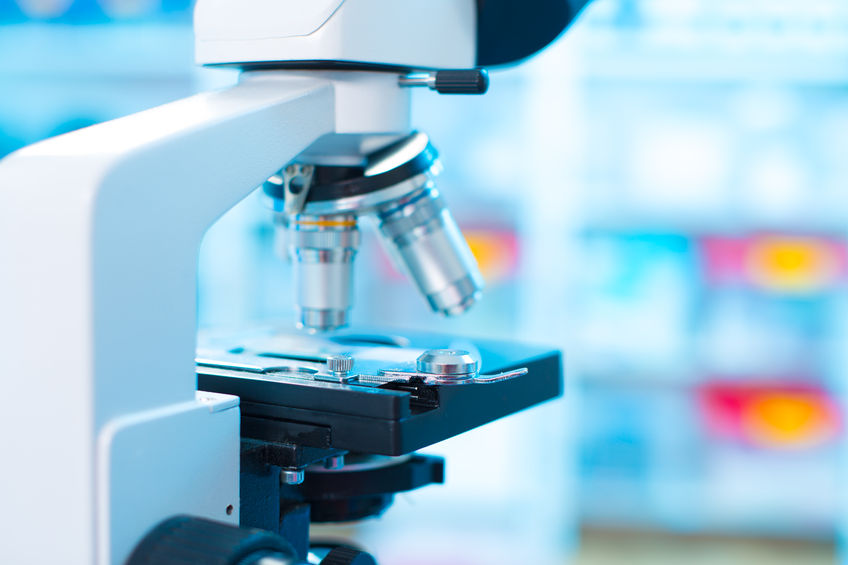
Testosterone Free And Total Blood
What is this test?
This test measures the Total Testosterone levels and Free Testosterone levels in the blood, both bound and unbound testosterone.
What is Testosterone?
Luteinizing Hormone LH is a pituitary hormone that stimulates and controls the production of testosterone hormone. Secretion of Testosterone into the blood circulation depends on the response of Luteinizing Hormone (LH). Most of the Testosterone which is secreted into the blood binds to the Sex-hormone binding globulin (SHBG) and a little amount to the albumin. The remaining amount of testosterone which is not bounded and freely circulates in the blood is known as Free Testosterone. It is present in both men and women.
This hormone is responsible for male physical characteristics and known as a male sex hormone. This is mainly produced by the Leydig cells which are present in the male testicles. Luteinizing Hormone stimulates testes to produce testosterone. In women, testosterone is produced in less amount by ovaries. It is also produced by adrenal glands in both men and women.
Testosterone plays an important role in the facilitation of spermatogenesis (production of sperm). Testosterone stimulates the development of secondary sexual characteristics in men such as the growth of body hair, deepening of the voice, enlargement of the penis (sex organ in men), and muscle development. In women, testosterone is converted to the main female sex hormone i.e:-Estradiol. Testosterone production is high in the early morning hours from about 4-am to 8-am and low in production from about 4-pm to 8-pm. Production of testosterone is rapidly high at the onset of puberty and starts to drop at the age near to 30.
Why this test is performed?
The Testosterone Panel test is performed to understand whether the testicular function in men is normal or abnormal. This test is used to diagnose the hypogonadism, hypopituitarism, impotence, Klinefelter syndrome, erectile dysfunction, testicular tumors, and hypothalamus or pituitary gland disorder in men. In women, it also helps to investigate the cause of unwanted hair growth, anovulation, tumors of the ovary, amenorrhea, or masculine traits in women.
Your doctor may ask you to perform this test if you are exhibiting symptoms such as underdeveloped muscles during puberty, lack of body hair, enlarged breasts, low energy levels, slow growth of hair, hair loss, loss of bone mass, underdeveloped male genitals (penis), irregular or missed periods, unwanted body hair growth in women, heavy vaginal bleeding, or obesity. Your doctor may advise you to perform this test if you are suffering from infertility. This test is also being performed to estimate the effectiveness of the treatment and testosterone levels in the body. If you exhibit any symptoms of testicular dysfunction, your doctor may ask you to undergo this test which gives a better status of the condition. Mostly, this test is done along with other testosterone tests.
Precautions:
Smoking, chemotherapy, and radiation may change the levels of Testosterone in the blood. Hence, inform your doctor about the current status of your health and the drugs to you take.
Test Preparation
Inform your doctor if you are on any medications, have any allergies or underlying medical conditions before your Testosterone Free And Total Blood. Your doctor will give specific instructions depending on your condition on how to prepare for Testosterone Free And Total Blood.
There are no specific preparations required for the Testosterone Panel test.
Understanding your test results
If the test result falls within the normal reference range, then no need for further medical intervention.
In case of increased Testosterone in the blood than the normal range then it may be due to early puberty in young men, acne, high libido (hypersexuality), infertility (not getting pregnant), steroid abuse, tumors in testes, decreased sperm count, high blood pressure, high red blood cell count, aggression, treatment with testosterone medications, polycystic ovarian syndrome (enlarged ovaries with cysts), and congenital adrenal hyperplasia (group of genetic conditions limiting production of hormones in the adrenal glands).
If the level of Testosterone is less than the normal range then it may be due to hypogonadism (failure of the testes in men and ovaries in women to function properly), testicular failure, pituitary disorders, genetic disorders, obesity, adrenal cancer, ovarian cancer, high levels of stress, or major surgeries.
| Gender | Age groups | Value |
| FEMALE | All age groups | 4.26 - 16.4 ng/dl |
| FEMALE | All age groups | 15 - 70 ng/dl |
| MALE | All age groups | 270 - 1070 ng/dl |

